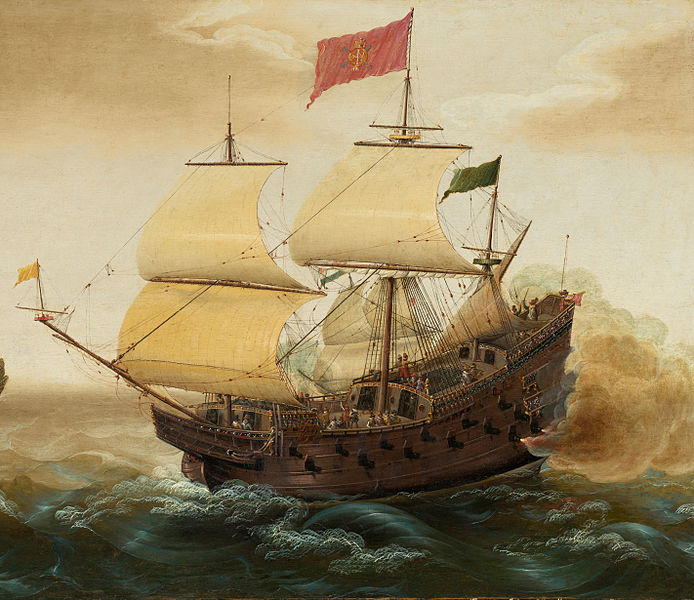The Exchange of Plants, Seeds, Spices & People
By Professors Candelaria Donají Méndez Tello and Blanca Estela Leyva Gutiérrez*
History has many recounts of the shipping voyages from Europe to the Americas during colonial times, but there was also a tremendous amount of trade and cultural exchange resulting from the voyages between the Asian Pacific and what is now known as Mexico – the “Manila Galleon Route.”
Transpacific Trade: “Manila Galleon” Shipping Route
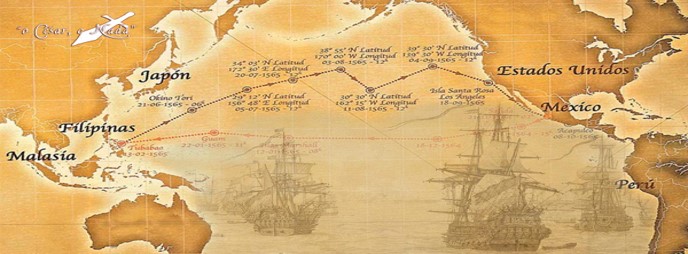
During colonial times, Spanish ships sailed from Europe to Africa and then around the Cape Horn of South America to the Philippines. The “Manila Galleon Route” from the Philippines across the Pacific Ocean to Mexico was established in 1565 when the Spanish first arrived at the port of Acapulco. This was the beginning of a commercial trade route with the port cities on the Pacific coast that would last about 250 years.
In addition to commercial products, enslaved Africans were also traded and brought into the ports of Acapulco on the Pacific and Veracruz on the Atlantic. Africans were also concentrated in Mexico City.
This mixture of trade, products, people, and cultures resulted in many new plants, condiments, flowers, vegetables, and fruits coming into Mexico (then known as New Spain) from both Asia and Africa. Mexico also exported products to Europe and to North and South America.

The Filipino & African Influence on Mexican Cuisine
The integration of the native products of Mexico with the spices and seeds from abroad, plus the knowledge and traditions of the Indigenous, African, and Asian people resulted in the unique regional cuisines of Mexico.
Grandmas Preserve the Cooking Traditions!
The cooking traditions have been passed down by grandmothers who share their recipes, preparing daily meals and special treats during festivities. Grandmothers have been a strategic factor to preserve the flavors and smells, textures, and colors of the dishes that are made with ancestral wisdom. Arroz con frijoles (rice and beans), estofado de pollo o res (chicken or beef stew), relleno de puerco o de pollo (stuffed pork or chicken) are just some of the wonderful dishes.
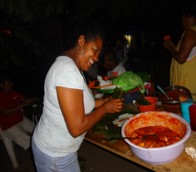
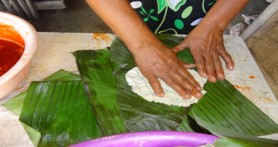

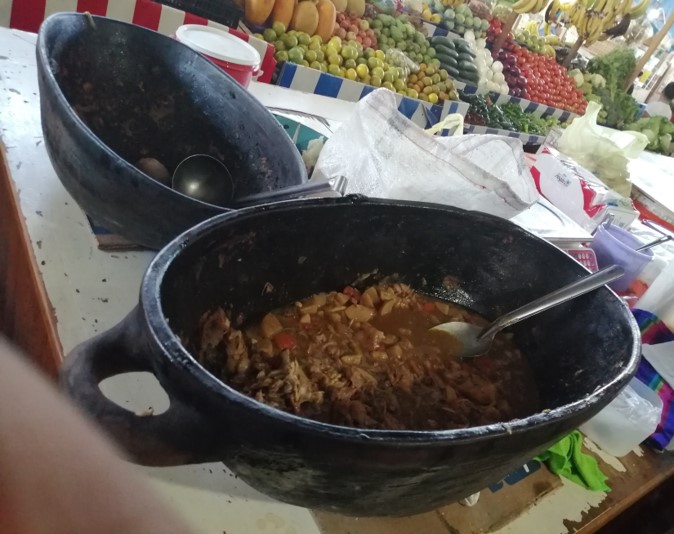
Mexican Cuisine Recognized by UNESCO
In 2010, the United Nations Educational, Scientific and Cultural Organization (UNESCO) recognized Mexican cuisine by including it on the List of Intangible Cultural Heritage of Humanity. Today, there are a total of 18 different gastronomical routes in Mexico.
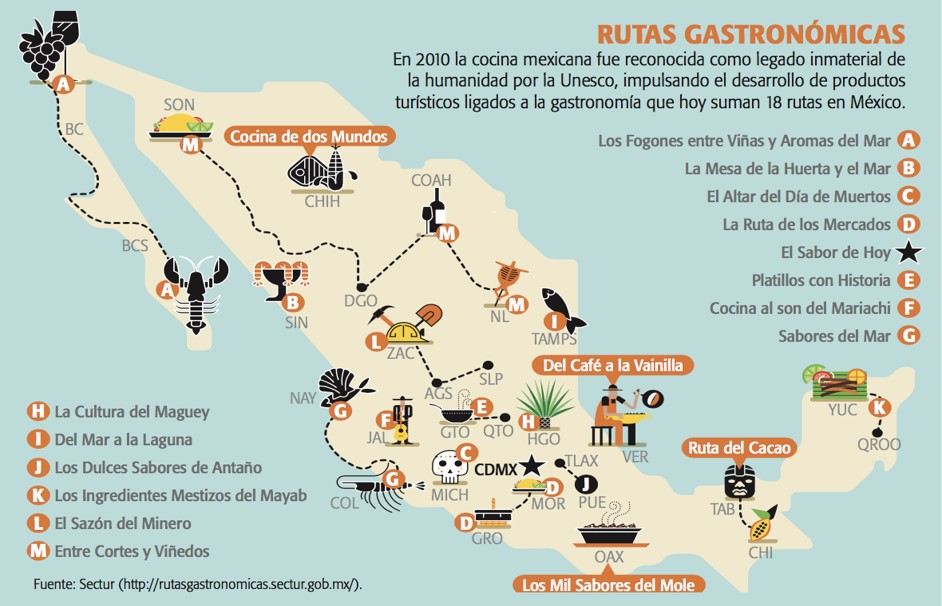
*About the Authors: Candelaria Donají Méndez Tello is a Professor of Tourism from the Universidad Autónoma de Guerrero in Zihuatanejo, Guerrero, Mexico where Professor Blanca Estela Leyva Gutiérrez is the Administrator. Translated by Patricia Ann Talley, Editor.
Related Articles:
Enjoy our section on the Foods & Drinks of Mexico.

